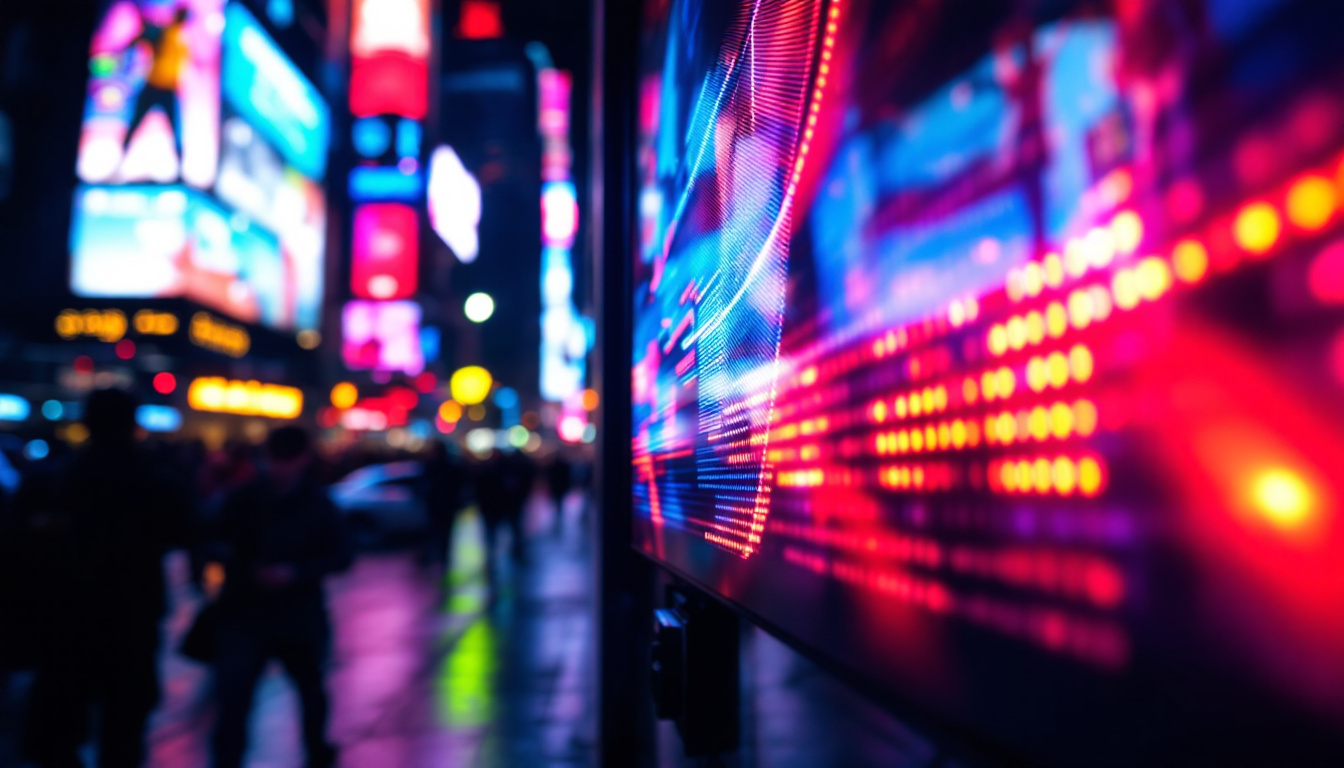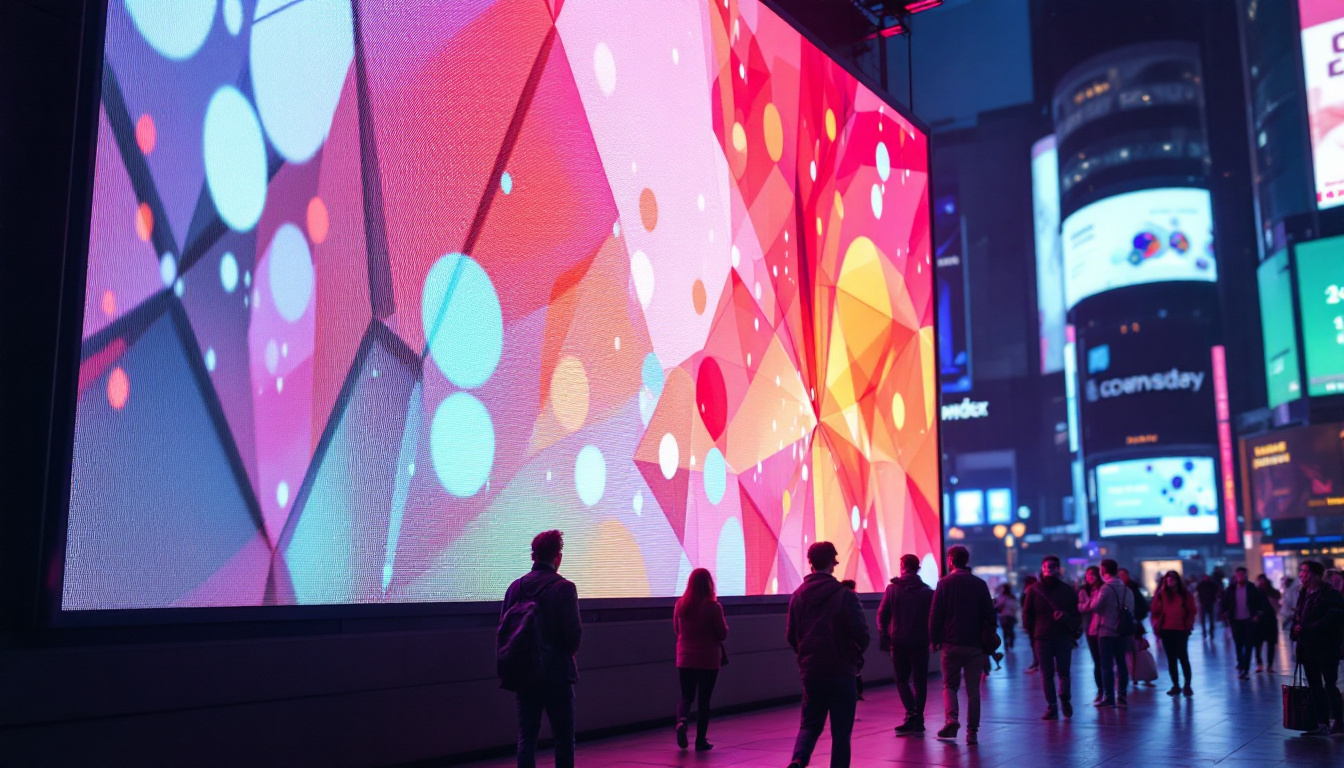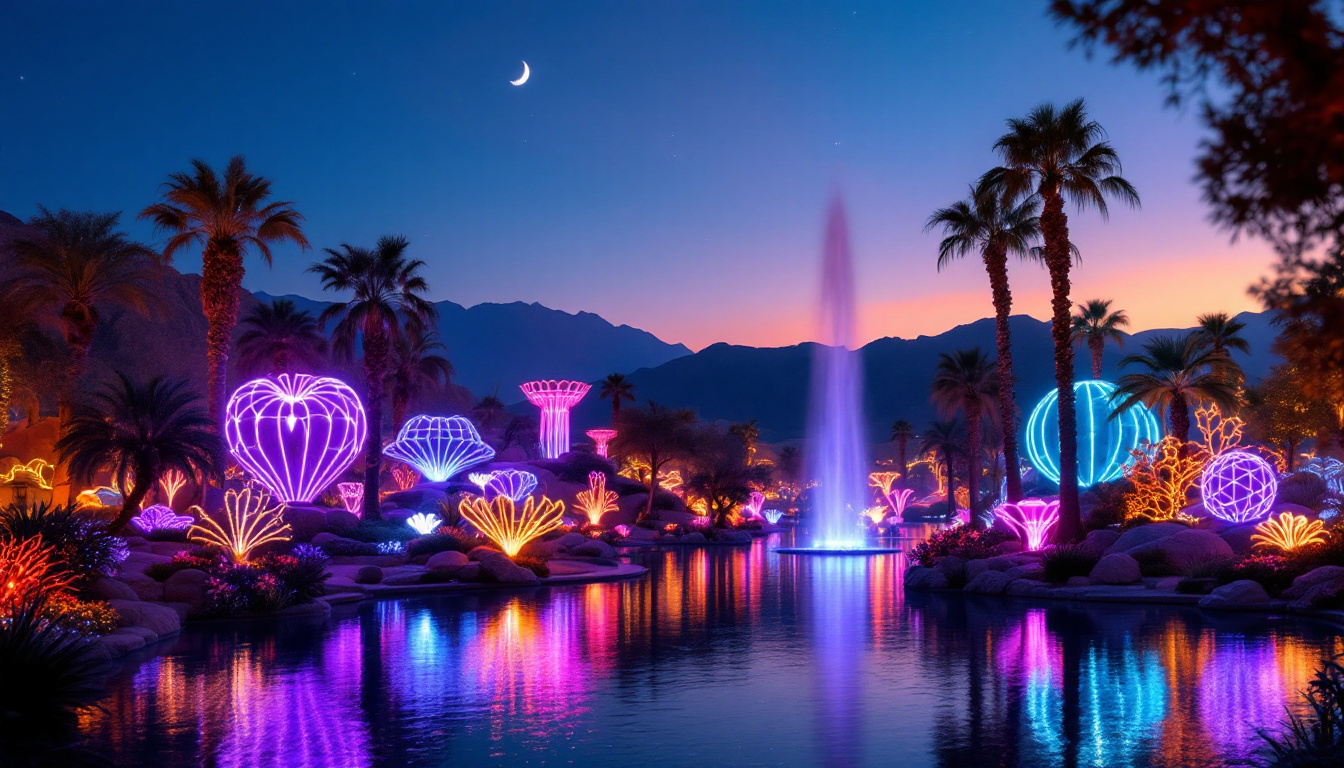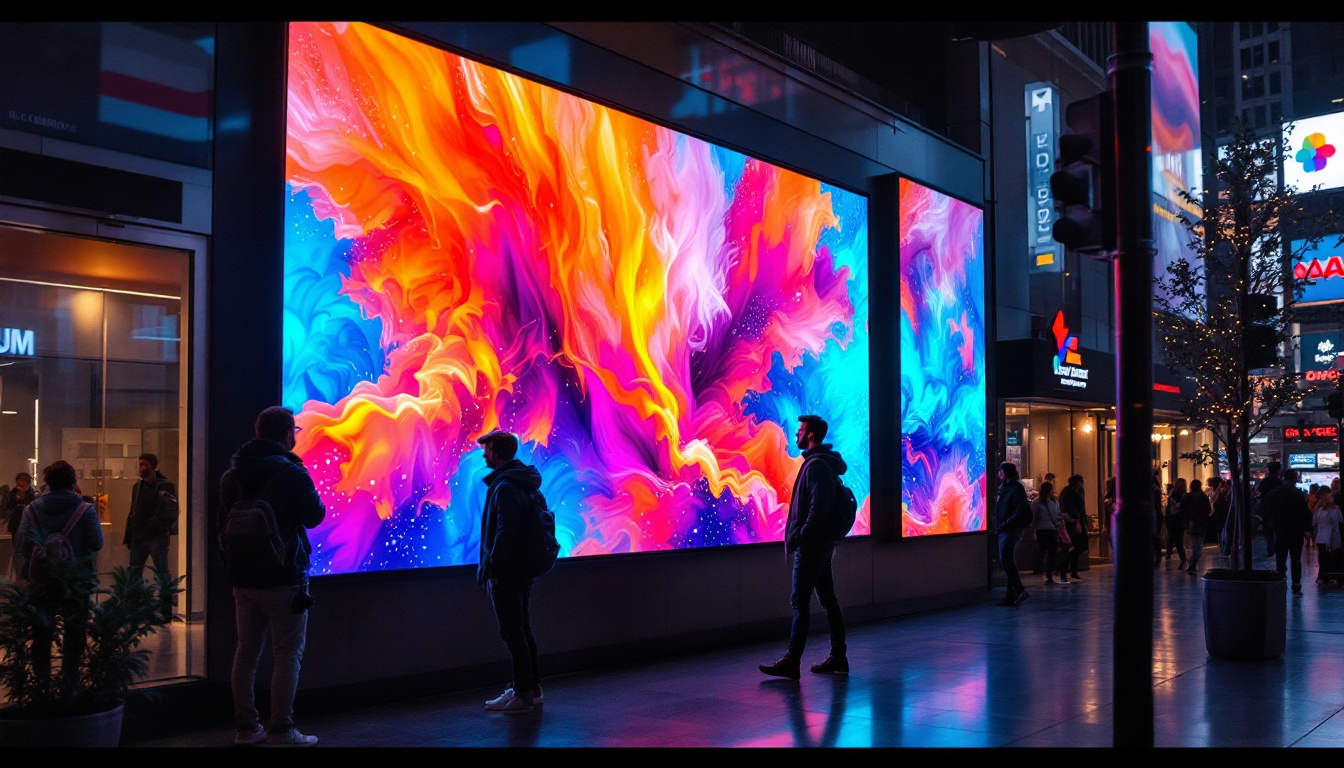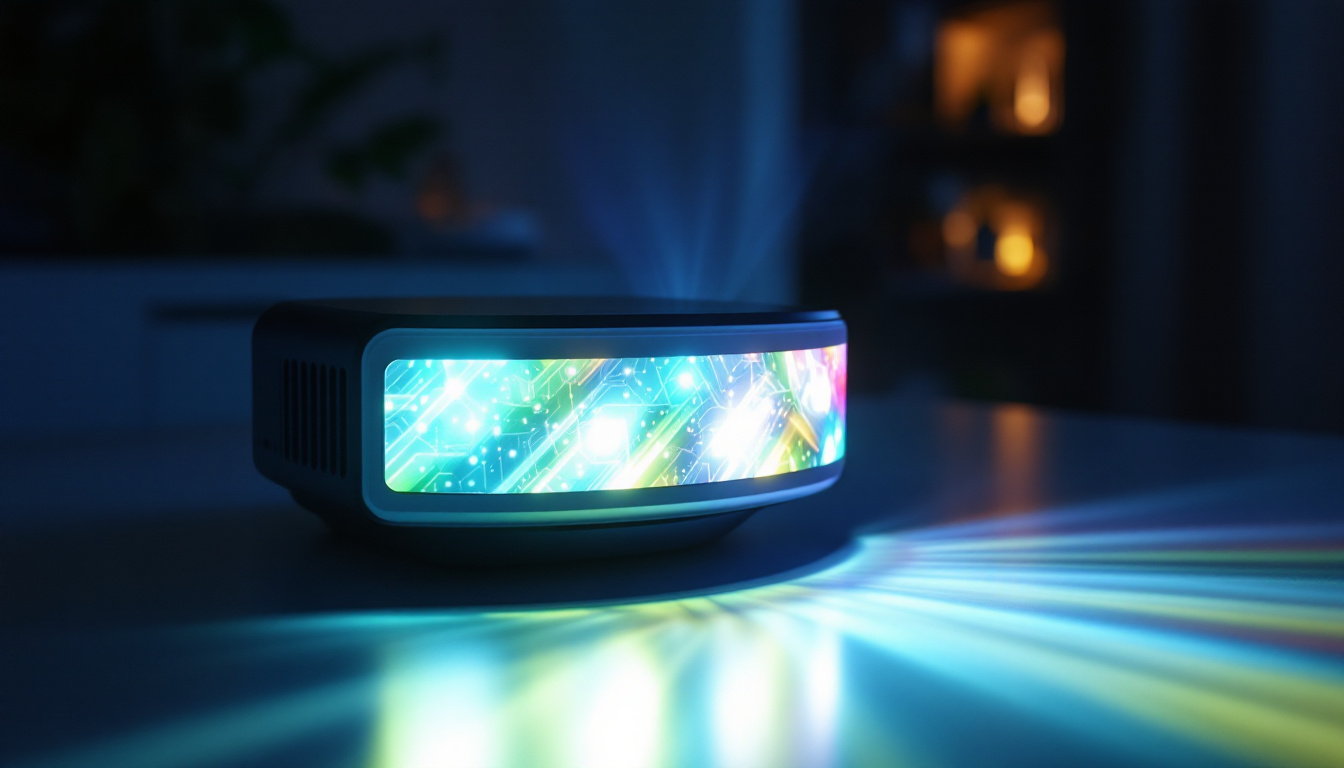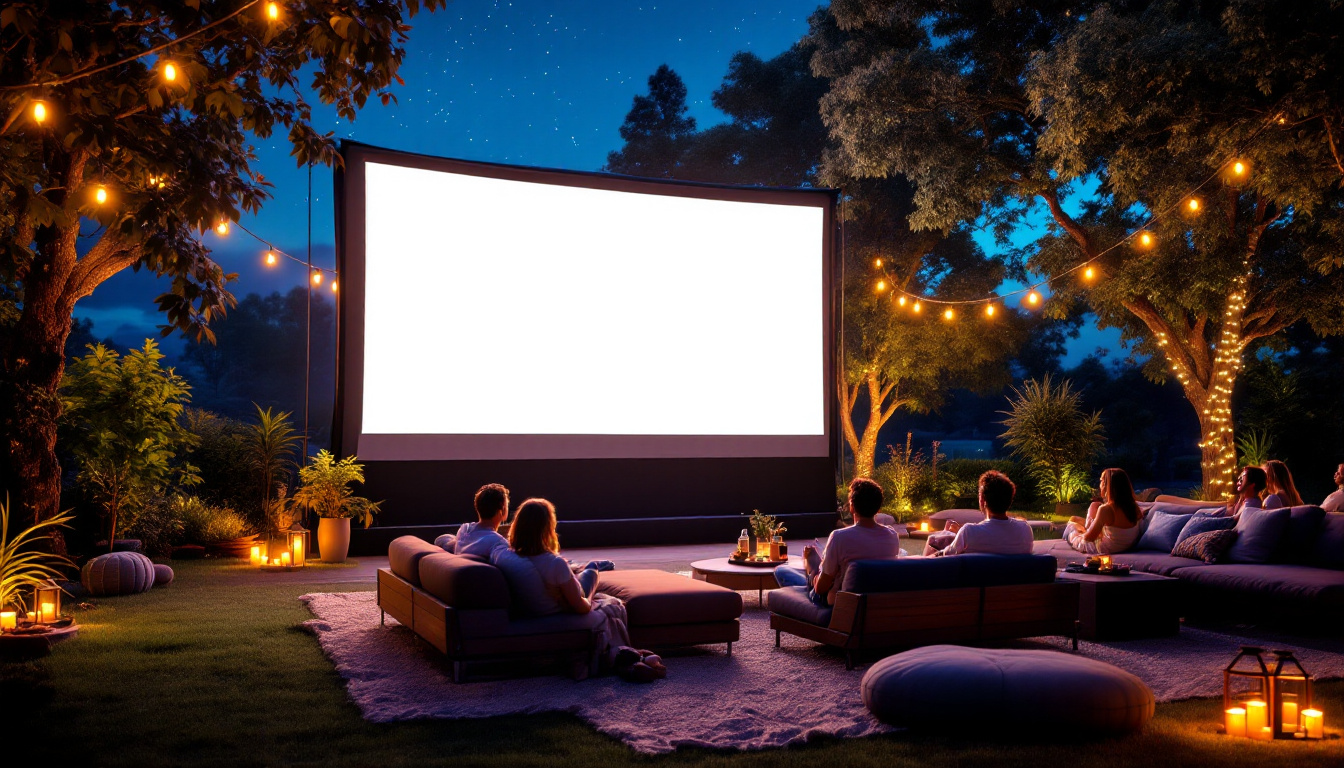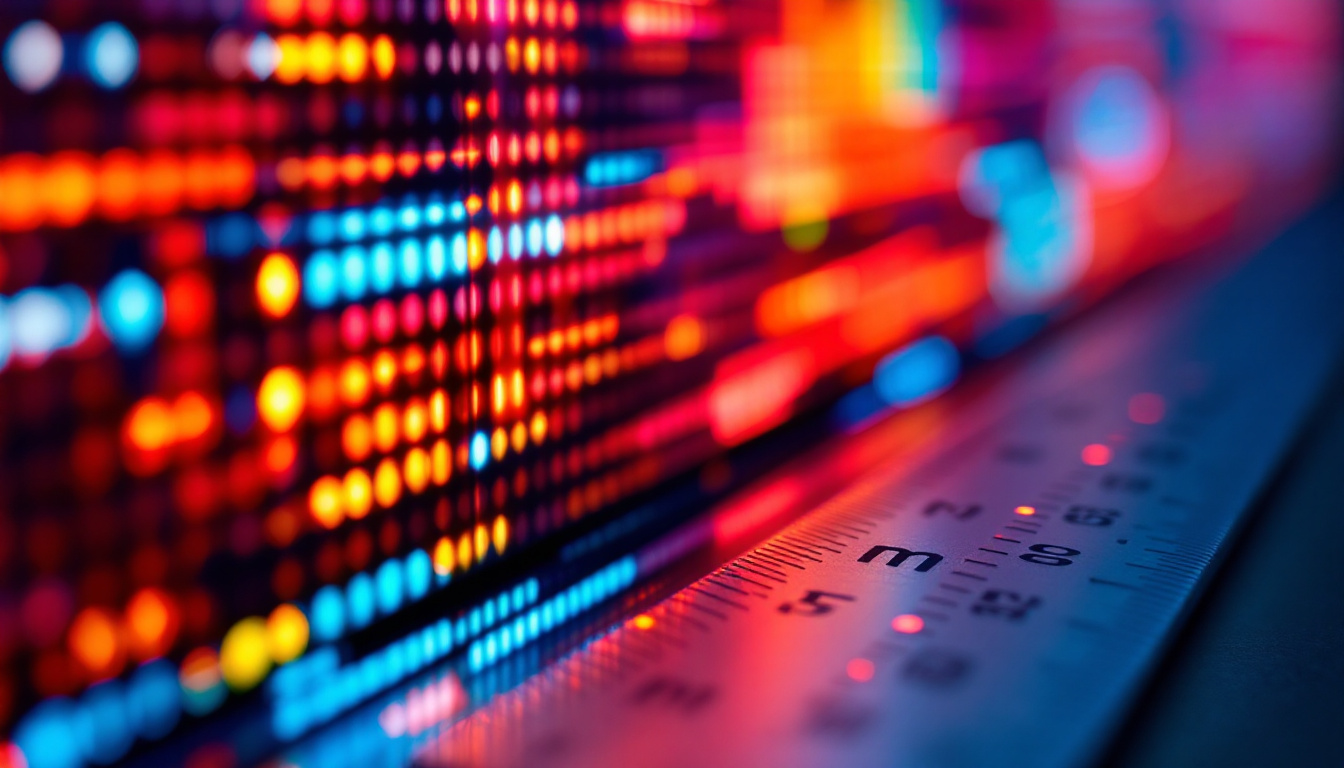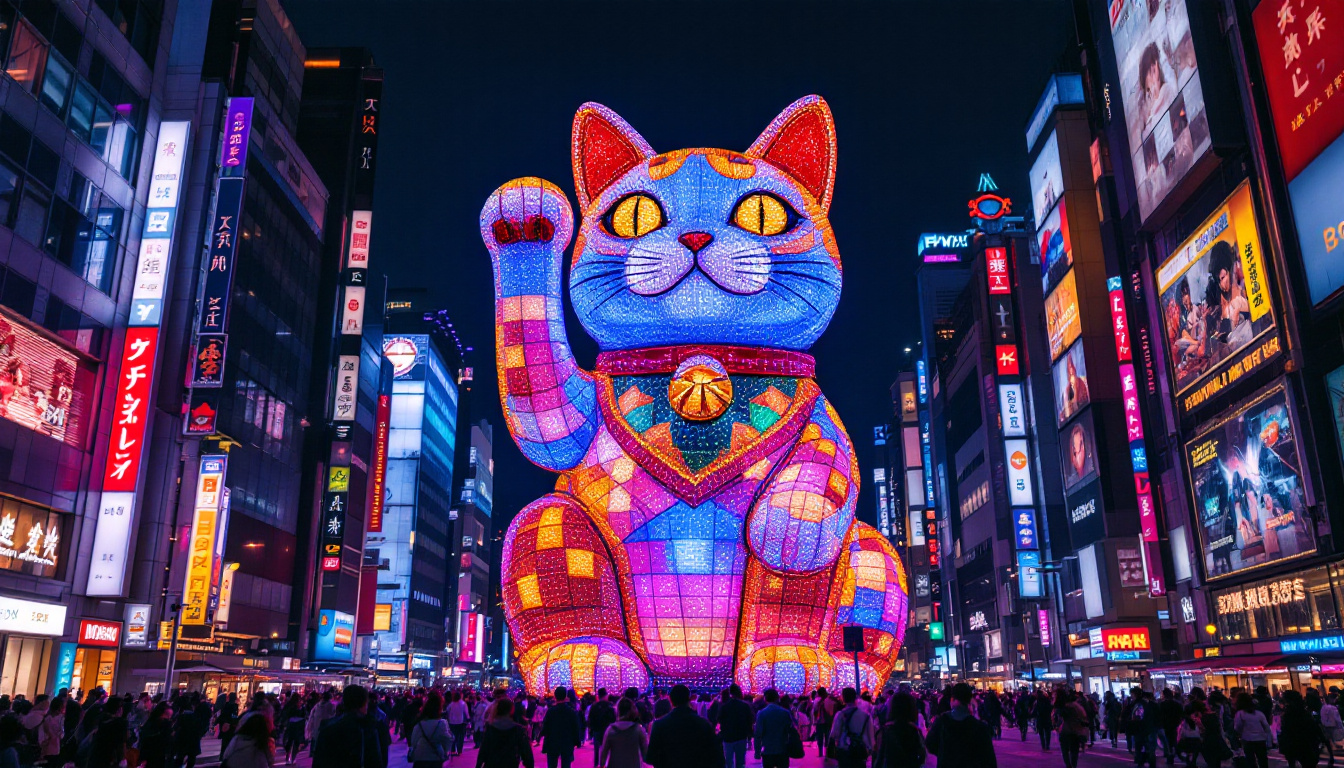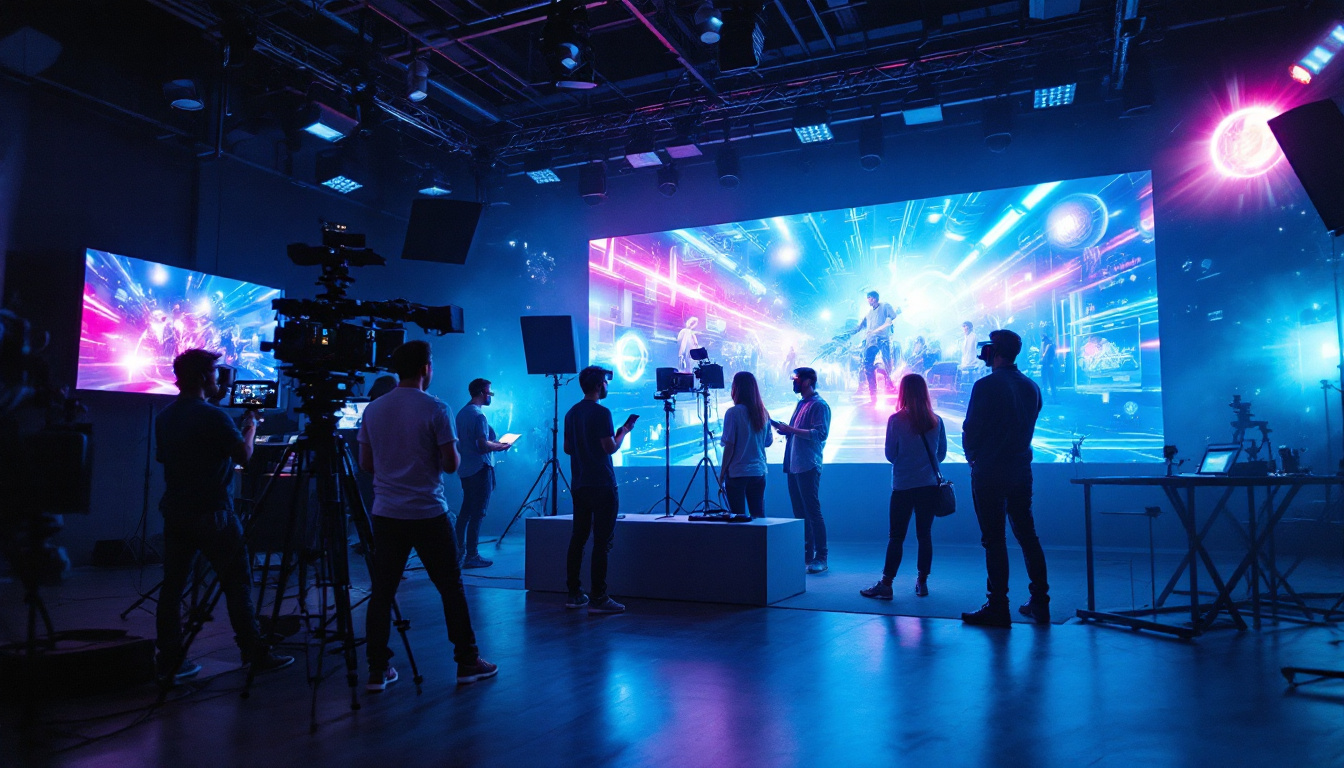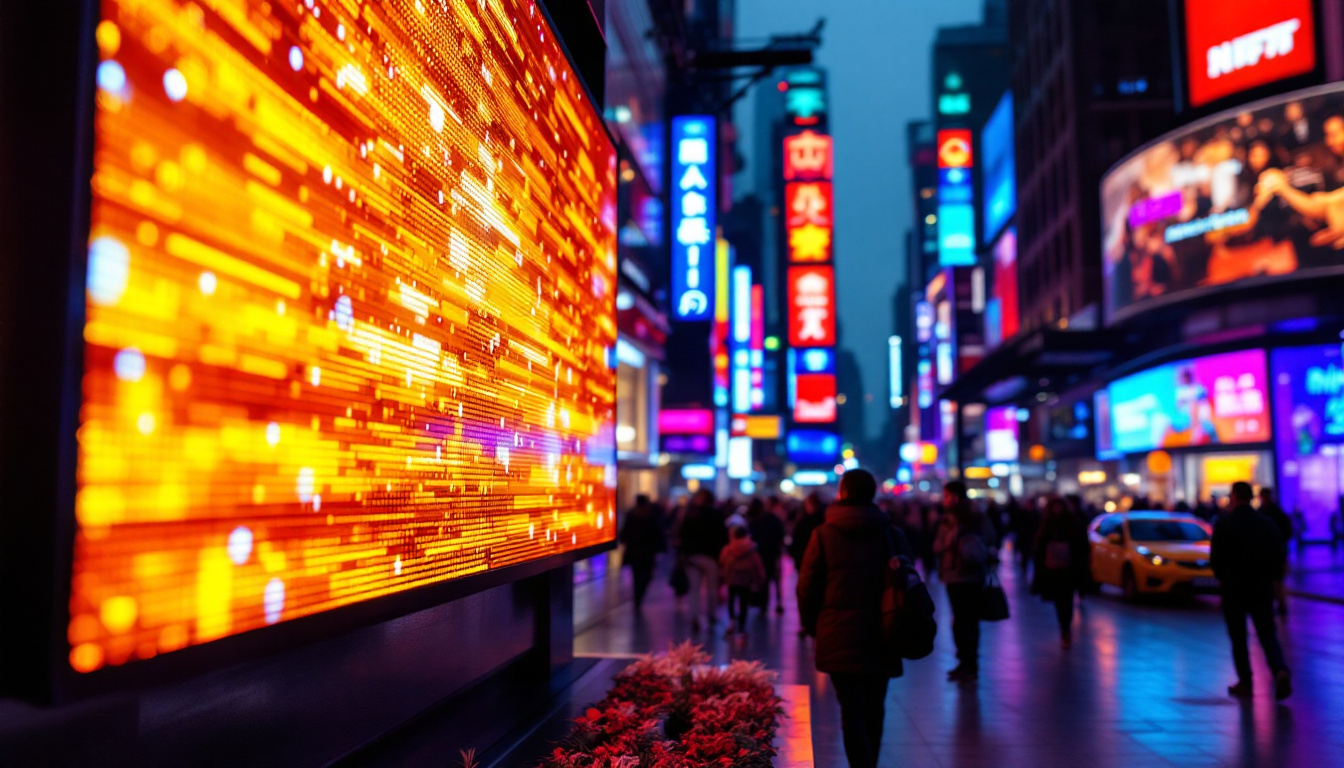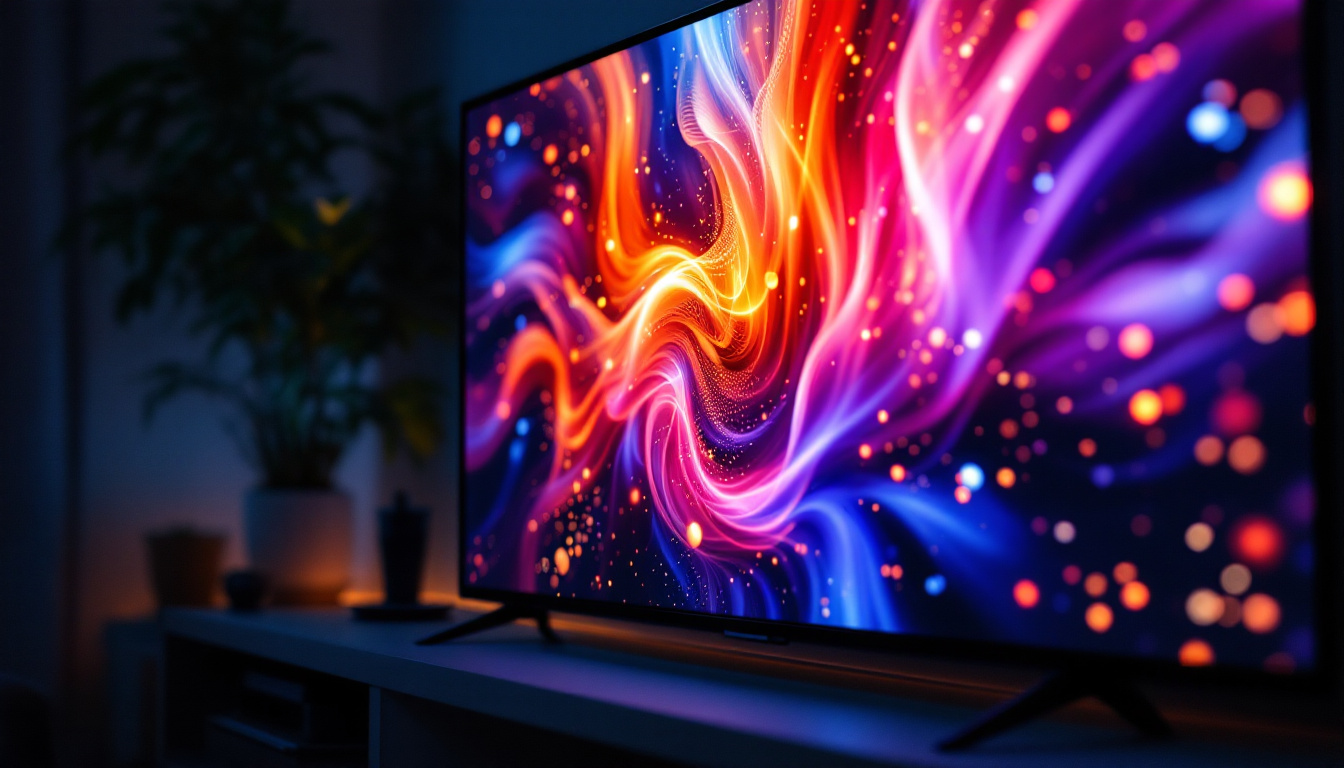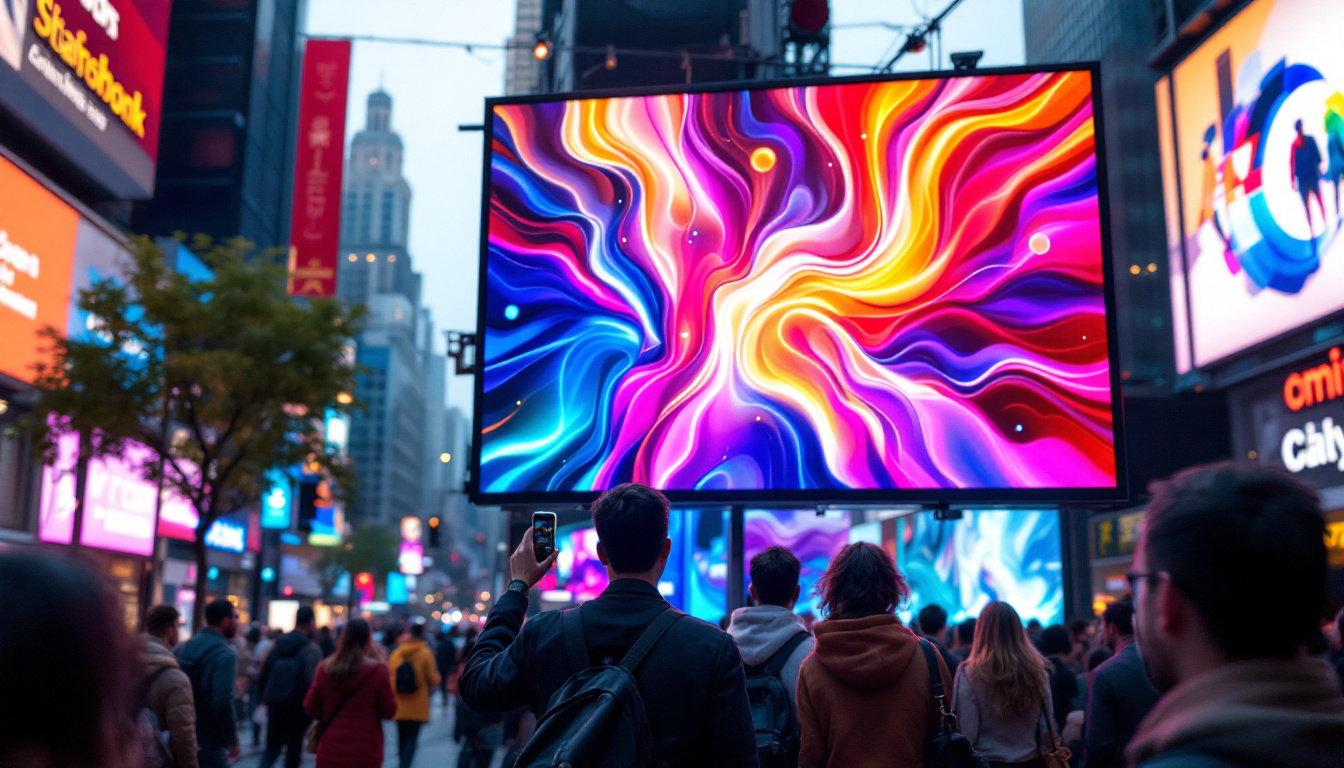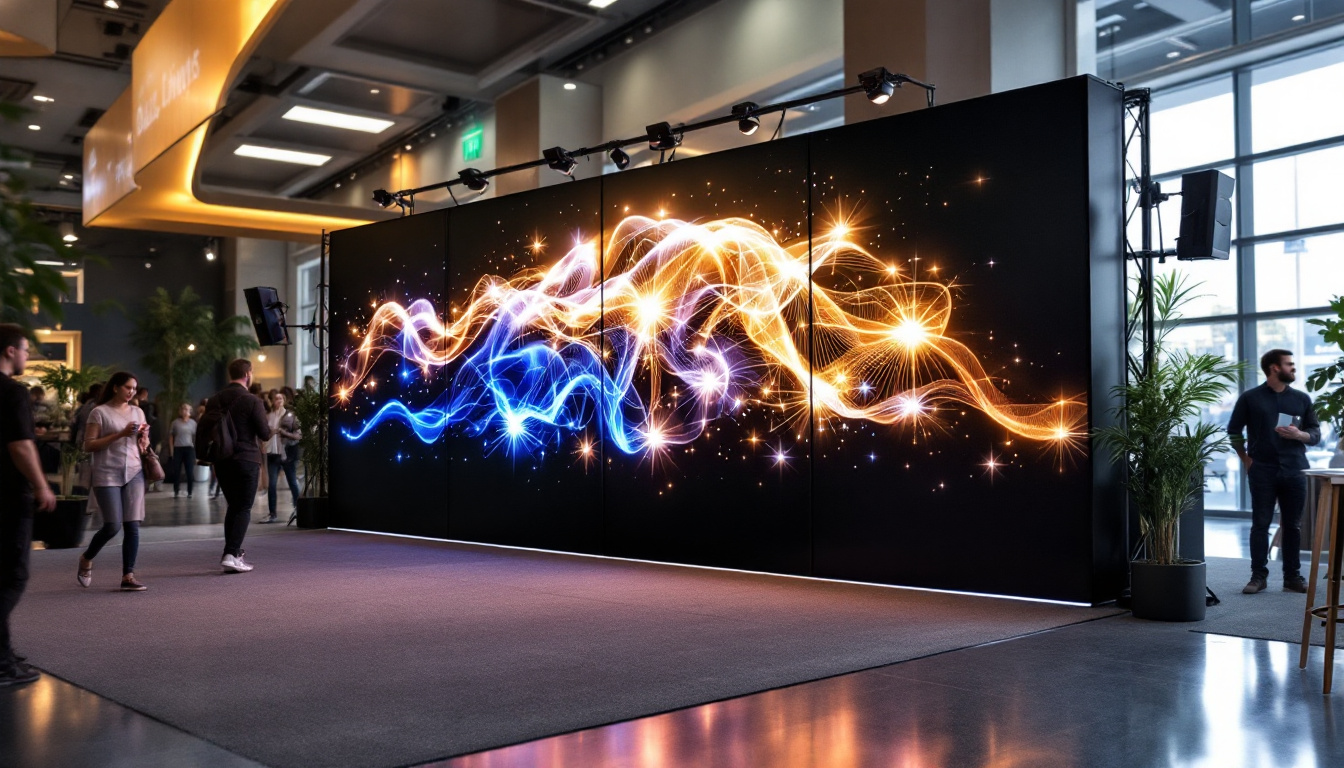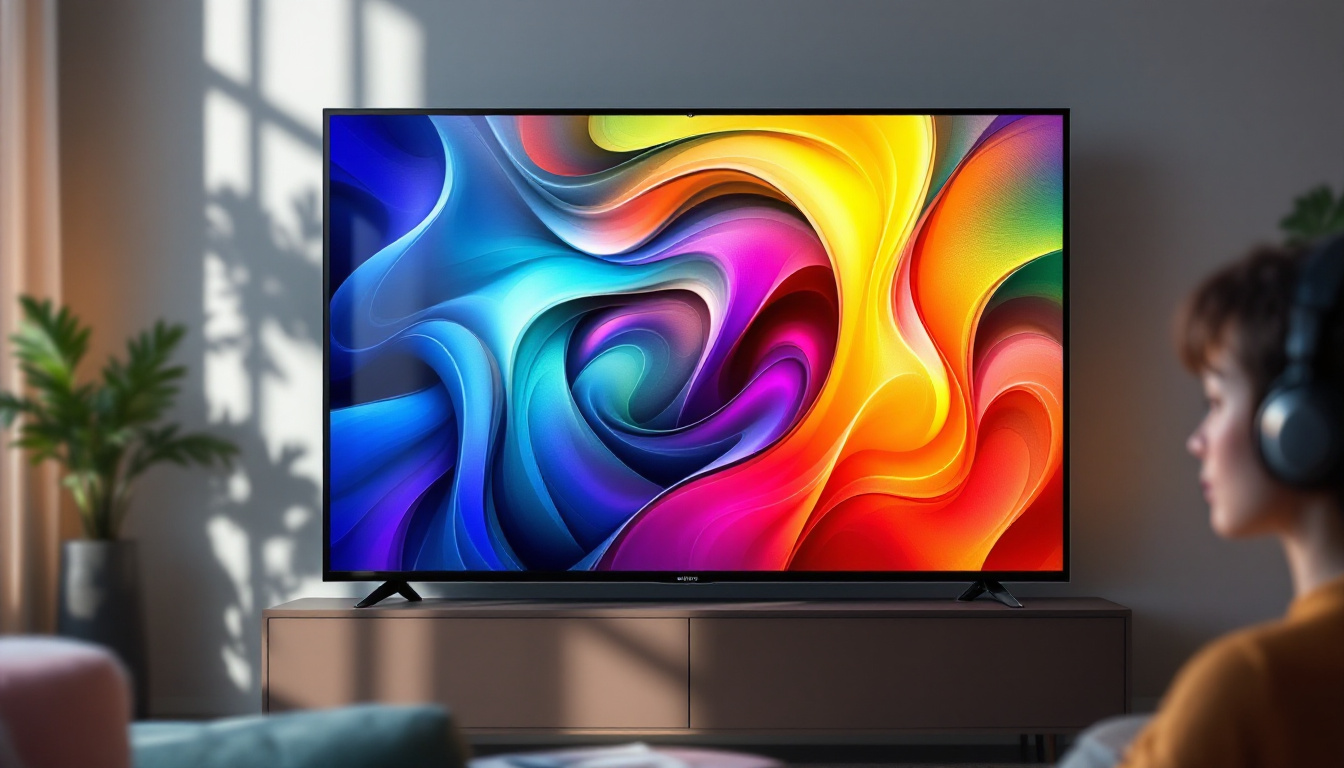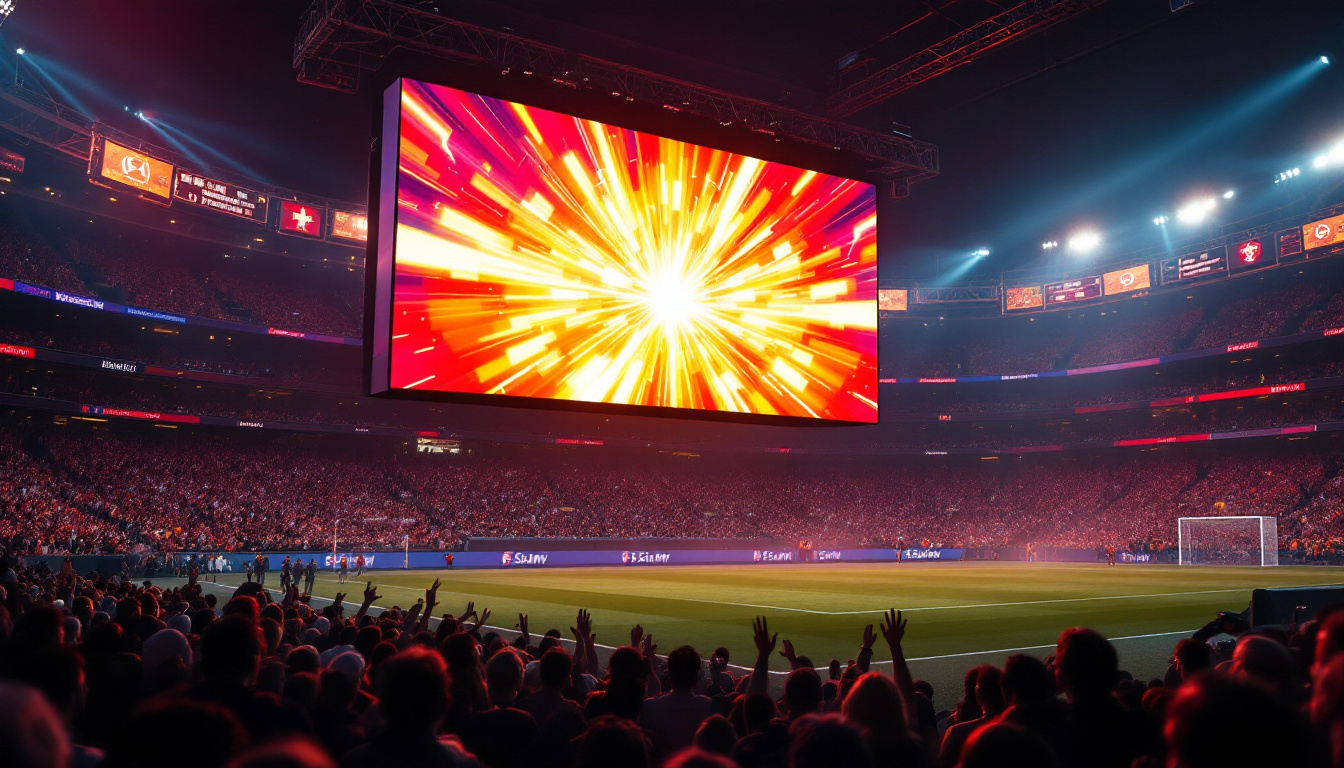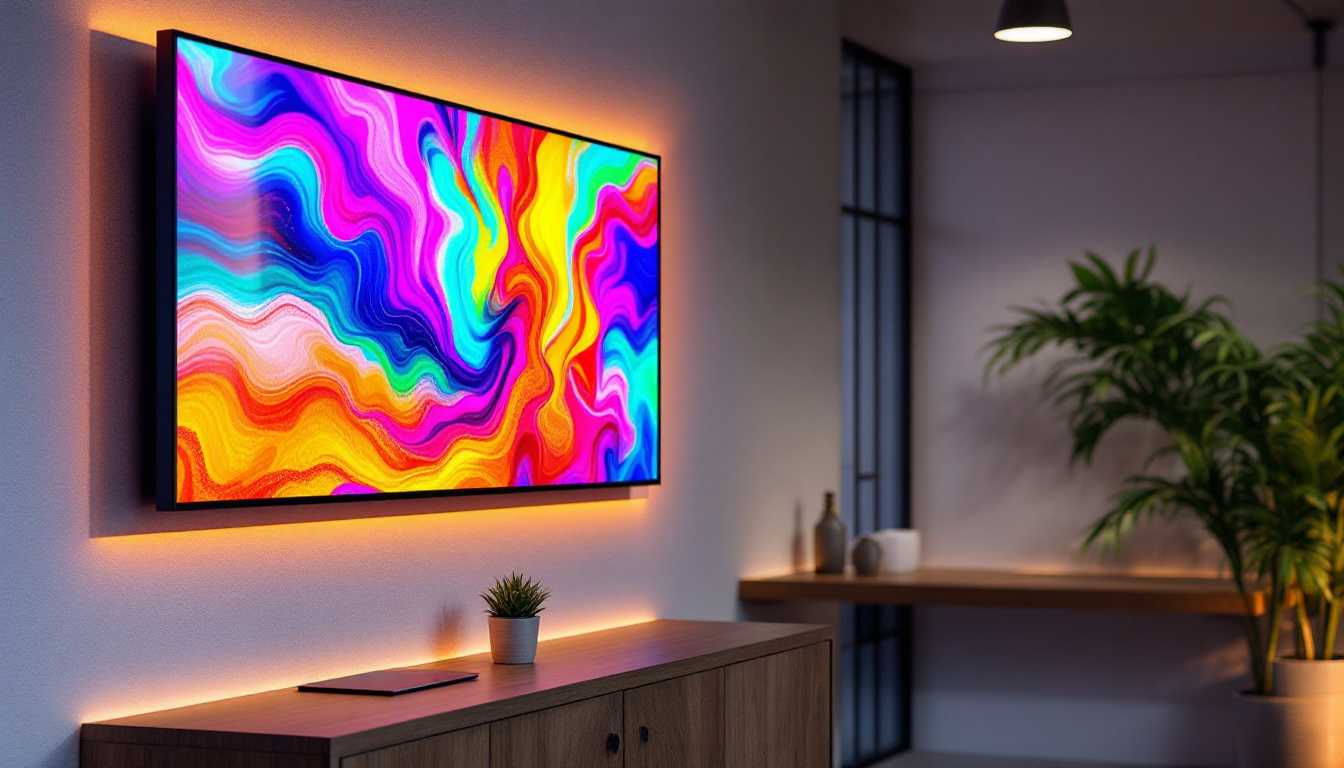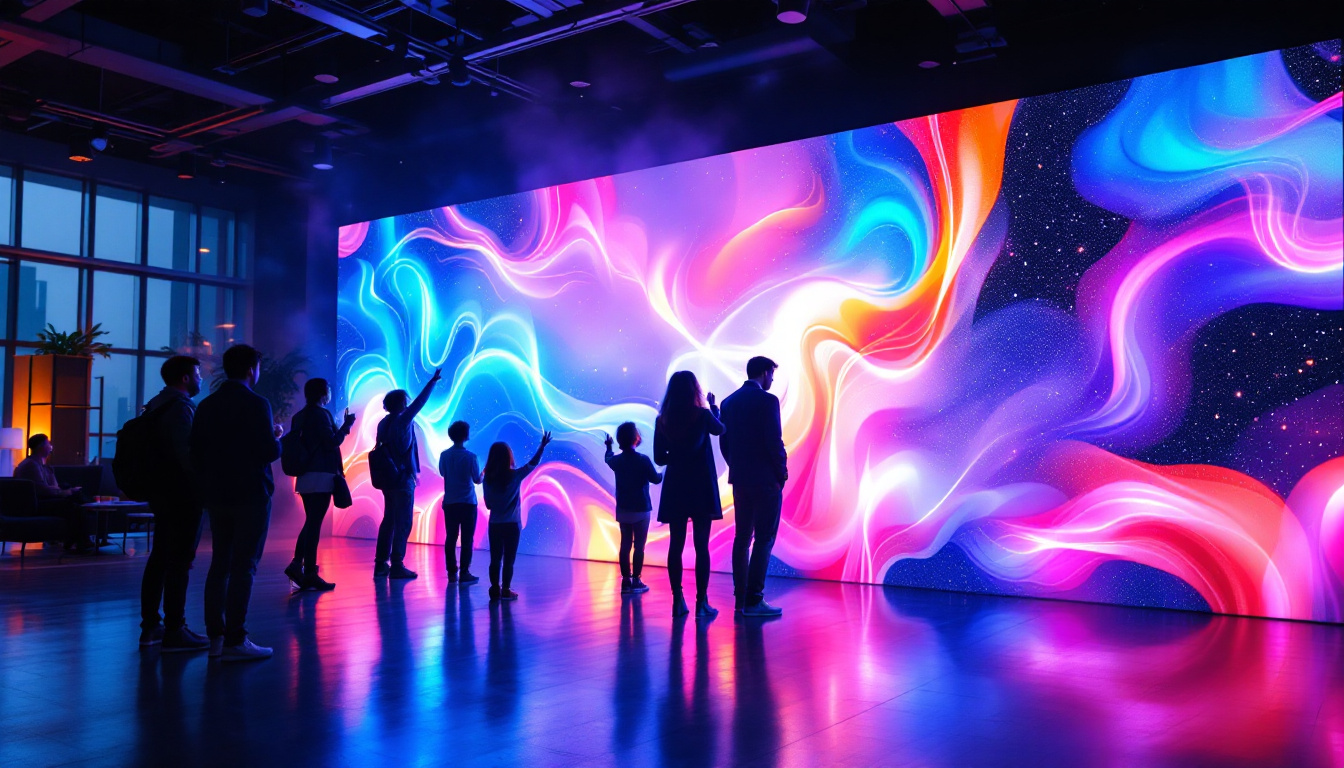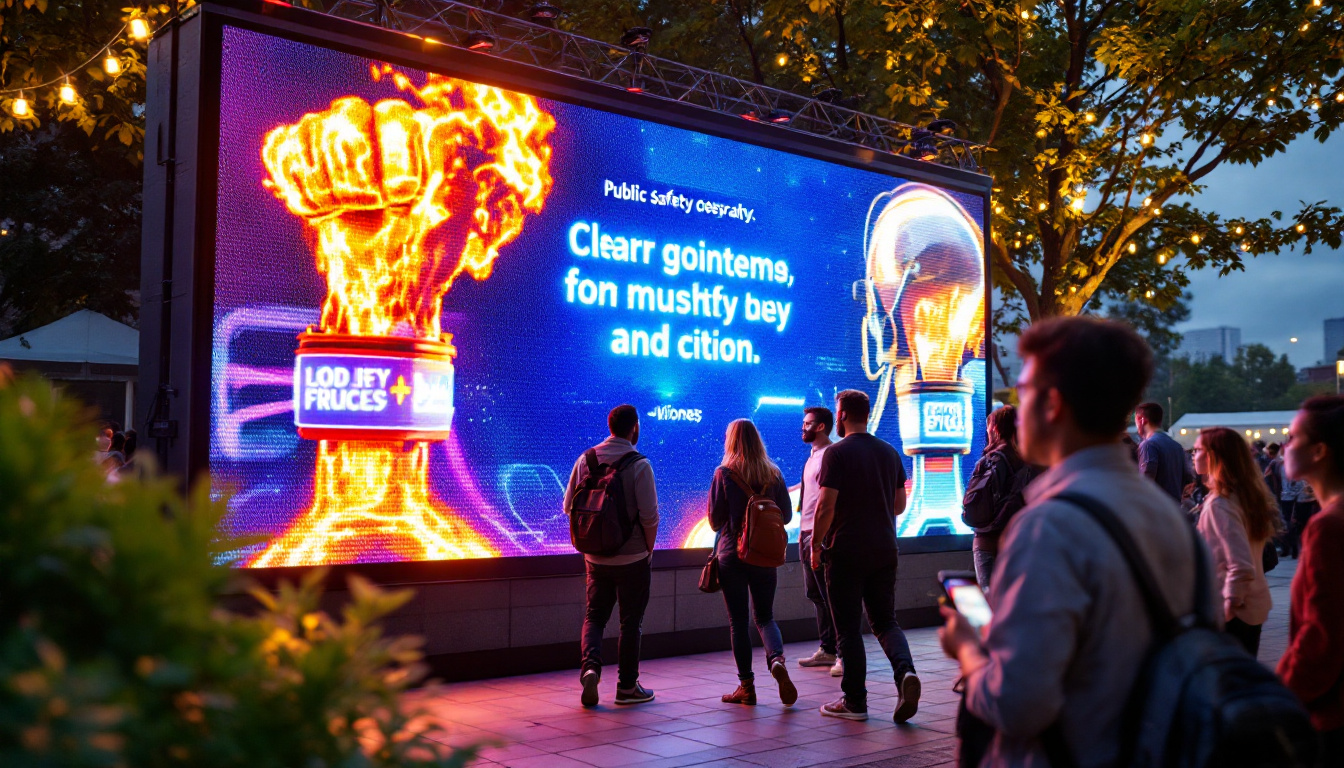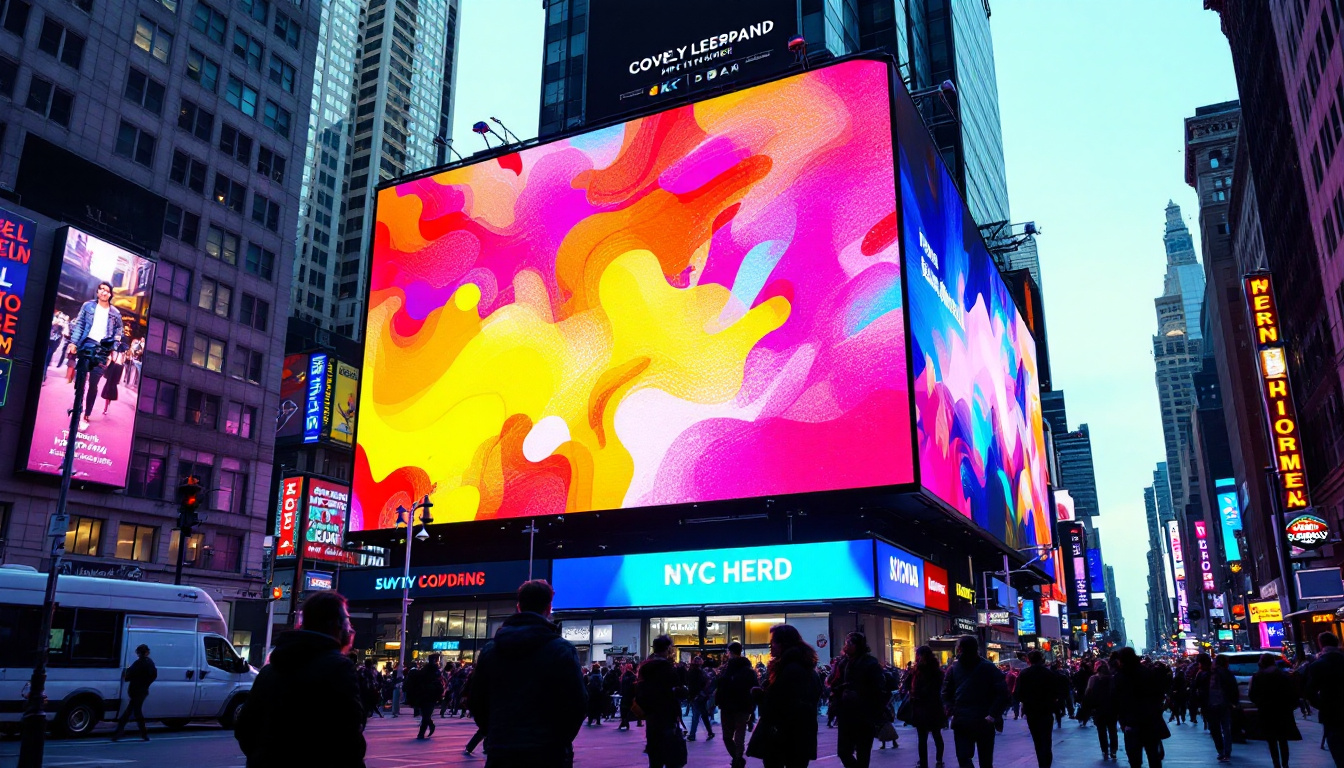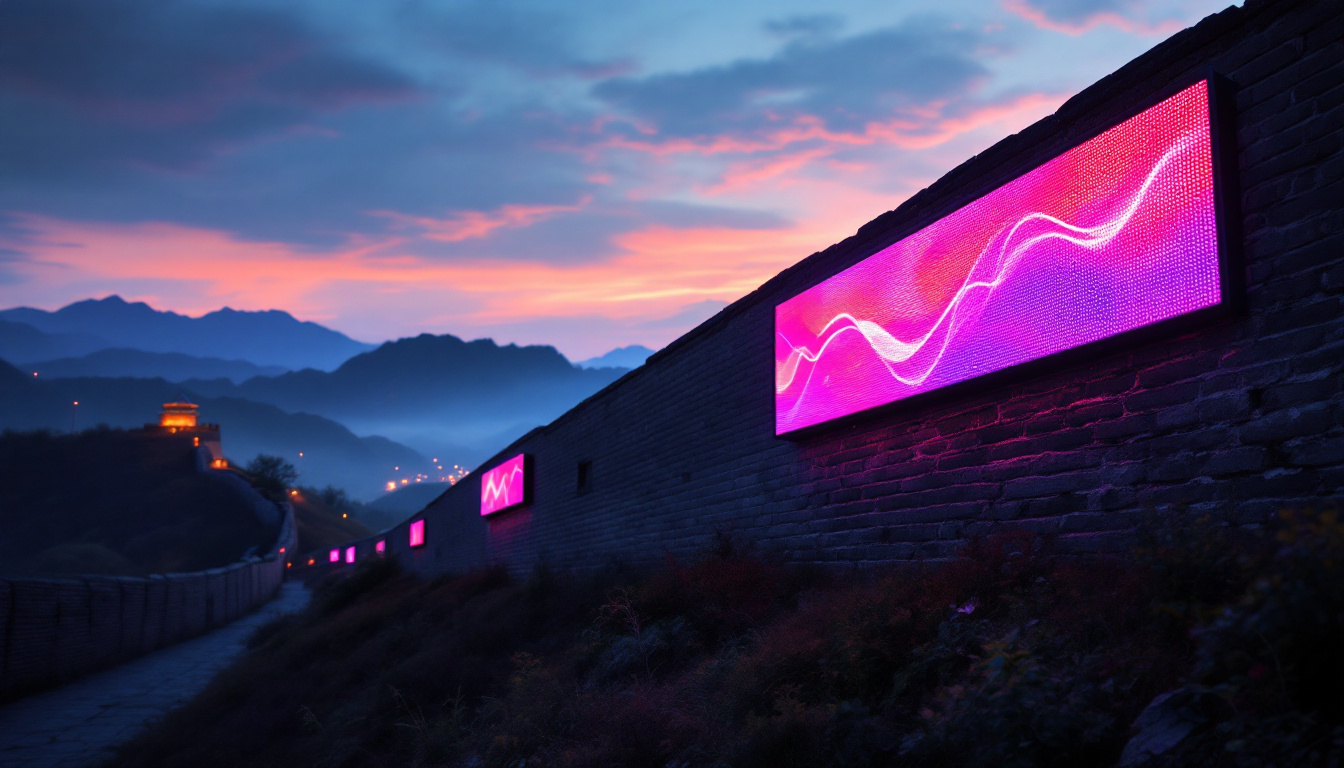In the world of modern technology, LED displays have become a prominent feature in various applications, ranging from consumer electronics to large-scale advertising. Understanding how these displays work, their advantages, and their applications can provide valuable insights for both consumers and professionals in the field. This article delves into the intricacies of LED displays, exploring their components, functionality, and the factors that contribute to their widespread adoption.
What is an LED Display?
An LED display, or light-emitting diode display, is a type of flat panel display that uses LEDs as its primary light source. Unlike traditional LCD displays that rely on a backlight, LED displays utilize individual diodes to emit light, which allows for greater brightness, contrast, and energy efficiency. These displays can be found in various forms, including televisions, computer monitors, and digital signage. Their versatility and adaptability have made them a staple in both consumer and commercial applications, revolutionizing how visual information is presented and consumed.
In recent years, the technology behind LED displays has rapidly evolved, leading to enhancements in resolution, color accuracy, and overall performance. With the introduction of 4K and even 8K resolutions, LED displays are now capable of delivering stunningly detailed images that are almost lifelike. This advancement has been particularly beneficial in sectors such as gaming, film, and virtual reality, where visual fidelity is paramount. Additionally, improvements in energy efficiency mean that LED displays consume significantly less power than their predecessors, making them an environmentally friendly choice for consumers and businesses alike.
Types of LED Displays
LED displays come in several types, each designed for specific applications and environments. The most common types include:
- Direct View LED (DVLED): This type of display consists of numerous small LED modules that are assembled to create a larger screen. DVLED displays are often used for large outdoor billboards and indoor video walls, providing high brightness and excellent color accuracy. Their modular nature allows for easy scalability, making them ideal for events and advertising campaigns that require flexibility in size and configuration.
- LED-backlit LCD: In this configuration, LEDs serve as the backlight for an LCD panel. This combination allows for improved contrast ratios and energy efficiency compared to traditional CCFL-backlit LCDs. LED-backlit LCDs are commonly found in televisions and computer monitors, providing a balance between performance and cost, appealing to a wide range of consumers.
- Organic LED (OLED): OLED displays use organic compounds that emit light when an electric current is applied. While technically different from traditional LED displays, OLED technology offers superior color reproduction and deeper blacks, making it popular for high-end televisions and smartphones. The flexibility of OLED panels also allows for innovative designs, such as curved or foldable screens, further enhancing the user experience.
How LED Displays Work
The operation of an LED display is based on the principles of electroluminescence. When an electric current passes through a semiconductor material within the LED, it emits light. This process occurs at the pixel level, where each pixel is made up of red, green, and blue (RGB) subpixels. By varying the intensity of each subpixel, a wide range of colors can be produced. This capability is essential for rendering images and videos with high fidelity, as it allows for smooth gradients and vibrant hues.
In a typical LED display, the arrangement of these RGB subpixels allows for the creation of images and videos. The display controller processes the incoming video signal and adjusts the brightness of each subpixel accordingly, resulting in the desired visual output. This technology enables LED displays to achieve vibrant colors and high refresh rates, making them ideal for dynamic content. Furthermore, advancements in processing power and algorithms have led to improved image scaling and motion handling, ensuring that fast-moving visuals remain sharp and clear, which is particularly important in applications such as sports broadcasting and gaming.
Advantages of LED Displays
LED displays offer numerous advantages over traditional display technologies, contributing to their growing popularity across various sectors. Some of the key benefits include:
Energy Efficiency
One of the most significant advantages of LED displays is their energy efficiency. Compared to traditional incandescent or fluorescent lighting, LEDs consume significantly less power. This not only reduces operational costs but also minimizes the environmental impact, making LED displays a more sustainable choice. Furthermore, their low energy consumption translates to reduced heat generation, which can lead to lower cooling costs in large installations, enhancing overall system efficiency.
Brightness and Visibility
LED displays are known for their exceptional brightness levels, which make them suitable for both indoor and outdoor applications. The ability to produce bright images ensures that content remains visible even in direct sunlight, a crucial factor for outdoor advertising and public displays. Additionally, LED technology allows for a wide range of color vibrancy and contrast, enabling users to create eye-catching visuals that can captivate audiences from a distance, thus increasing engagement and effectiveness in marketing campaigns.
Longevity and Durability
LED technology is inherently more durable than traditional display technologies. LED displays have a longer lifespan, often exceeding 50,000 hours of use. Additionally, they are less susceptible to damage from shock and vibration, making them ideal for high-traffic environments. This durability also means that maintenance and replacement costs are significantly lower over time, allowing businesses to allocate resources more efficiently. Moreover, many LED displays are designed to withstand harsh weather conditions, further enhancing their versatility for outdoor usage in various climates.
Versatility in Applications
Another remarkable advantage of LED displays is their versatility in applications. They can be used in a wide range of settings, from retail environments and sports arenas to concerts and corporate events. Their modular design allows for easy customization in size and shape, enabling creative installations that can fit any space. This adaptability is particularly beneficial for businesses looking to enhance their branding or create dynamic advertising experiences. Furthermore, advancements in technology have led to the development of flexible LED panels, which can be curved or shaped to fit unconventional spaces, opening up even more possibilities for innovative display solutions.
Low Maintenance Requirements
LED displays also boast low maintenance requirements, which is a significant advantage for businesses. Unlike traditional displays that may require frequent bulb replacements or extensive servicing, LED technology is designed for longevity and reliability. This means less downtime and fewer disruptions for businesses relying on these displays for communication or advertising. Additionally, many LED systems come equipped with smart technology that allows for remote monitoring and diagnostics, enabling quick identification of any issues and reducing the need for on-site maintenance visits. This proactive approach to maintenance not only saves time but also enhances the overall user experience.
Applications of LED Displays
The versatility of LED displays allows them to be utilized in a wide range of applications. From entertainment to information dissemination, their adaptability makes them a preferred choice in various fields.
Advertising and Digital Signage
One of the most common applications of LED displays is in advertising and digital signage. Businesses leverage these displays to capture attention with vibrant visuals and dynamic content. From retail stores to sports arenas, LED displays serve as an effective medium for promoting products, services, and events.
Television and Home Entertainment
In the realm of home entertainment, LED displays have revolutionized the way consumers experience media. With advancements in resolution, color accuracy, and refresh rates, LED televisions provide an immersive viewing experience. The popularity of smart TVs, which integrate LED technology with internet connectivity, has further enhanced the appeal of LED displays in homes.
Transportation and Public Information
LED displays are increasingly used in transportation systems to provide real-time information to commuters. From train stations to airports, these displays convey important updates, such as arrival and departure times, delays, and other announcements. Their visibility and clarity ensure that passengers can easily access crucial information.
Challenges and Considerations
While LED displays offer numerous advantages, there are also challenges and considerations that must be addressed. Understanding these factors is essential for making informed decisions regarding their use.
Initial Cost
One of the primary challenges associated with LED displays is their initial cost. Although prices have decreased over the years, high-quality LED displays can still represent a significant investment. Organizations must weigh the long-term benefits against the upfront costs when considering LED technology.
Color Calibration and Quality Control
Ensuring consistent color accuracy across an LED display can be challenging, particularly in large installations. Color calibration is essential to maintain uniformity and prevent discrepancies between different sections of the display. Regular maintenance and quality control measures are necessary to uphold the performance of LED displays over time.
Future Trends in LED Display Technology
The LED display industry is continuously evolving, driven by technological advancements and changing consumer demands. Several trends are shaping the future of LED displays, promising to enhance their capabilities further.
MicroLED Technology
MicroLED technology represents a significant leap forward in LED display innovation. By utilizing microscopic LEDs to create individual pixels, MicroLED displays offer improved resolution, contrast, and energy efficiency. This technology has the potential to replace traditional LED displays in various applications, providing a more seamless viewing experience.
Flexible and Transparent Displays
Another exciting trend is the development of flexible and transparent LED displays. These displays can be bent and shaped to fit unconventional surfaces, allowing for creative applications in architecture and design. Transparent displays, on the other hand, enable new possibilities for advertising and information dissemination while maintaining visibility through the screen.
Integration with Augmented Reality (AR) and Virtual Reality (VR)
As AR and VR technologies continue to advance, the integration of LED displays with these immersive experiences is becoming more common. LED displays can enhance the visual quality of AR and VR applications, providing users with a more engaging and interactive experience. This trend is particularly relevant in gaming, education, and training environments.
Conclusion
LED displays have transformed the landscape of visual technology, offering unparalleled brightness, energy efficiency, and versatility. Their applications span various industries, from advertising to entertainment, making them an essential component of modern communication. As technology continues to evolve, LED displays are poised to become even more innovative, paving the way for exciting developments in the future.
Understanding the intricacies of LED displays, their advantages, and their applications is crucial for anyone looking to leverage this technology effectively. Whether for personal use or professional applications, LED displays are a testament to the advancements in visual technology, providing a bright glimpse into the future.
Discover the Future of Visual Technology with LumenMatrix
As you’ve explored the dynamic world of LED displays, it’s clear that the future of visual communication is bright with possibilities. LumenMatrix stands at the forefront of this innovation, offering a diverse range of LED display solutions tailored to meet the needs of any application. From captivating Indoor LED Wall Displays to versatile Outdoor LED Wall Displays, and from engaging LED Sports Displays to innovative LED Transparent Displays, LumenMatrix is committed to enhancing your brand’s visibility and audience engagement. Experience the revolution in visual technology firsthand and check out LumenMatrix LED Display Solutions today to see how they can transform your visual communication strategy.

